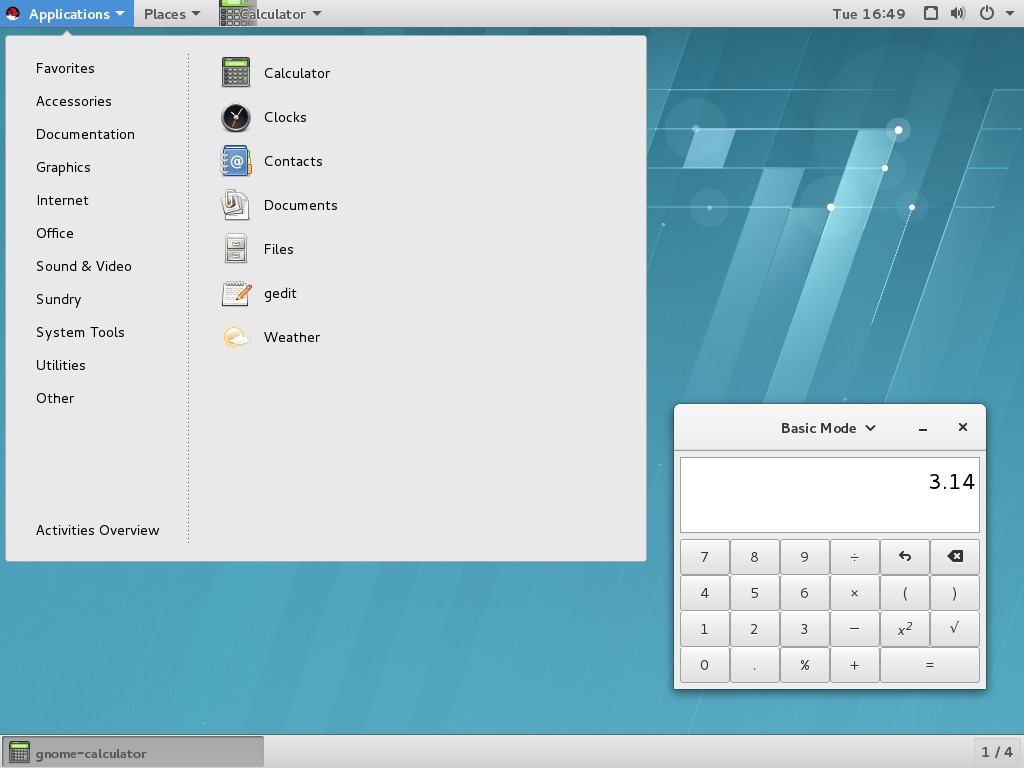


Install the required packages to carry out the upgrade process: ~]# yum install -y leapp leapp-repository leapp-repository-deps lvm2-python-boom Installing a sample httpd service Repository 'rhel-7-server-extras-rpms' is enabled for this system. Once this requirement is accomplished, enable the optional and extra repositories: ~]# subscription-manager repos -enable rhel-7-server-optional-rpms -enable rhel-7-server-extras-rpms Repository 'rhel-7-server-optional-rpms' is enabled for this system. Getting ready for the upgradeįirst of all, it is necessary to have your RHEL 7 system updated to the latest version (7.6), and check that it is both registered and subscribed. The tool is provided by the lvm2-python-boom package. You can use it to create, delete, list, and modify auxiliary boot entries for system snapshots and images. This tool allows users to manage additional boot loader entries on the system. Preparation of the upgrade process before the first reboot.Įxecution of the upgrade process in RAM disk.Įxecution of minor post-upgrade tasks after the upgrade from RAM disk.īOOM is a utility available starting with RHEL 7.5, and we've covered this on the blog recently. The final objective will be to migrate from RHEL 7.6 to the latest RHEL 8 minor version. Please check this knowledge base article (" Supported in-place paths for Red Hat Enterprise Linux" - login required) to learn more about supported versions.

Leapp is a CLI tool that helps users with the installation process and makes the in-place upgrade easier.īefore moving to RHEL 8, you'll need to check the minimum version of RHEL 7 required to carry out the upgrade. Check out the What's new in RHEL page today! Leapp & BOOM


 0 kommentar(er)
0 kommentar(er)
